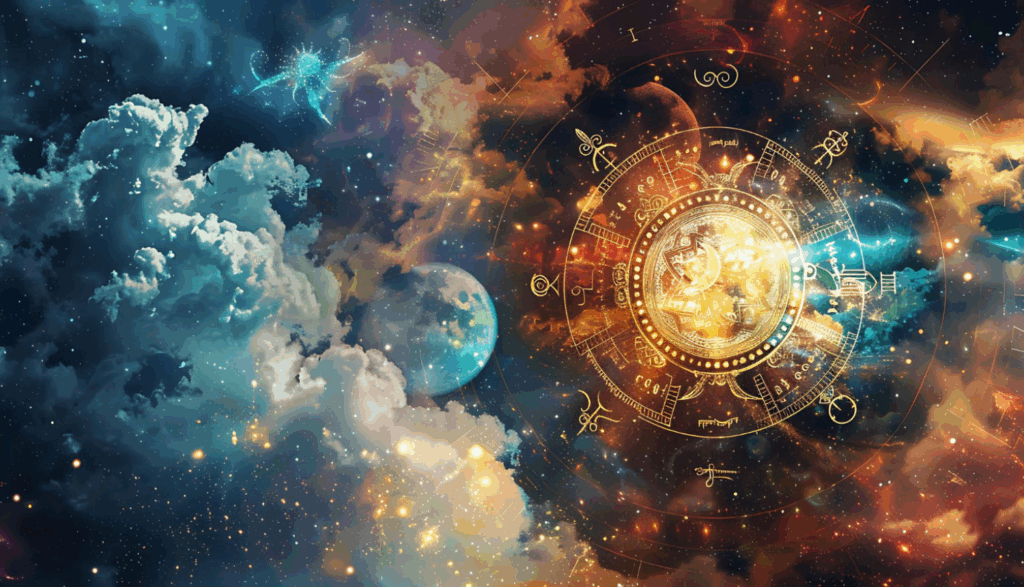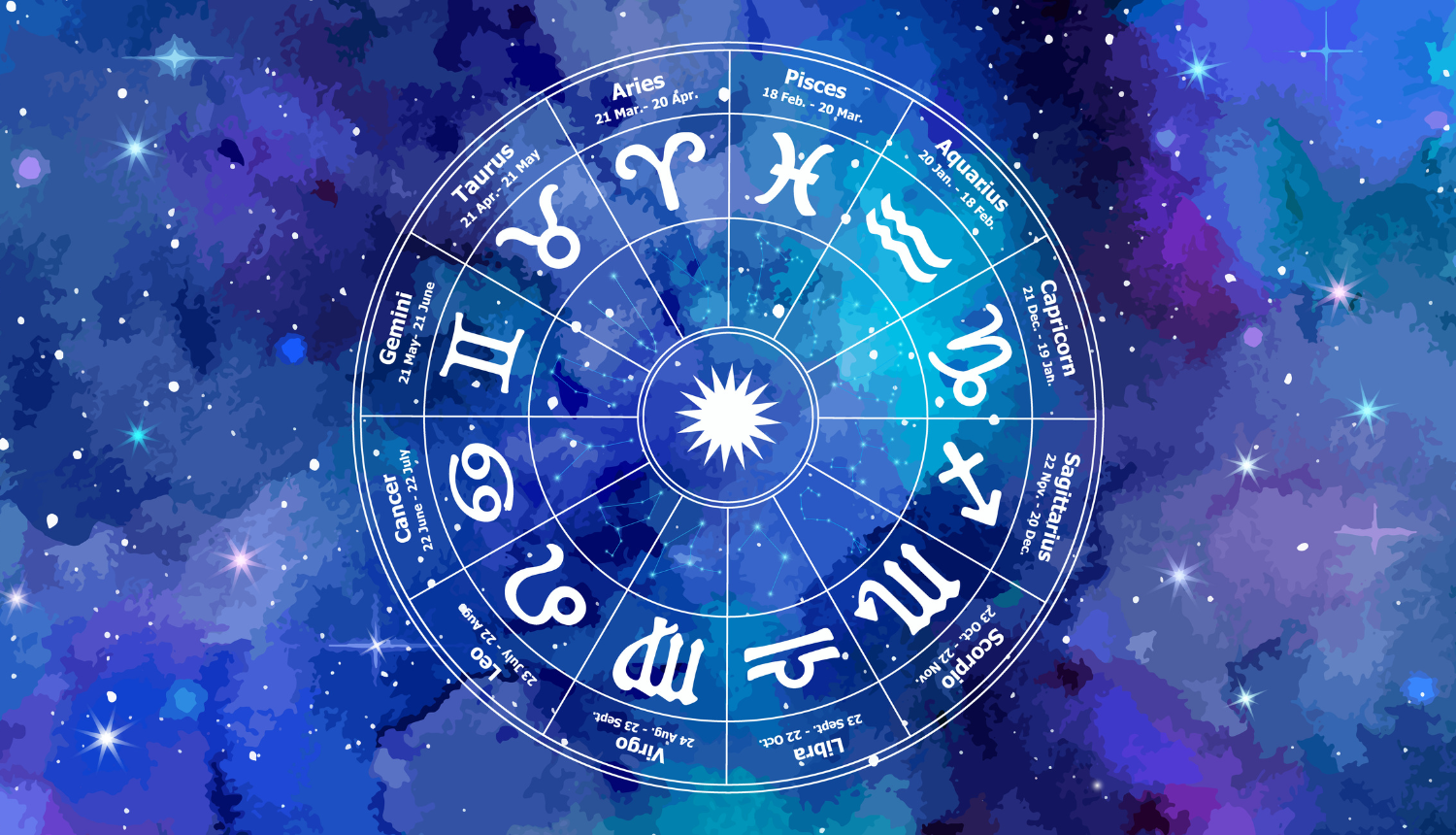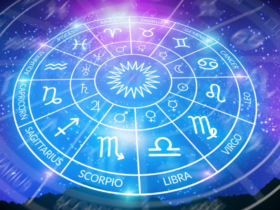Humanity is entering a new space age, marked by private missions, lunar exploration, and the possibility of humans on Mars. Alongside these scientific achievements, interest in astrology remains strong, with many wondering how modern astronomy reshapes our understanding of the stars that guide us.
Astrology has always looked to the sky for meaning, interpreting planetary motion as a mirror of inner life. Today, astronomy offers sharper tools – powerful telescopes, deep space probes, and data on exoplanets – that enrich this dialogue. While astronomy maps physical reality and measures cosmic forces, astrology interprets their symbolic resonance. Together, they present a fuller picture: the measurable and the meaningful.
For example, astronomers’ discoveries of planetary retrogrades and gravitational effects lend clarity to phenomena astrologers have long tracked in human behavior. The detection of new celestial bodies – like dwarf planets and distant moons – raises the question of how these forces might one day be integrated into astrological charts.

As humanity extends its reach beyond Earth, astrology faces a fascinating frontier: What does it mean to cast a birth chart for someone born on the Moon or Mars? Will planetary alignments hold the same significance from another vantage point in space?
The new space age invites us to see astrology not as outdated, but as evolving alongside science. Astronomy reveals the mechanics of the cosmos; astrology reminds us of its poetry and personal impact. Together, they keep humanity grounded while inspiring us to dream beyond the stars.
Related: Wishes on Stars: Manifesting Dreams Through Astrological Practices





















